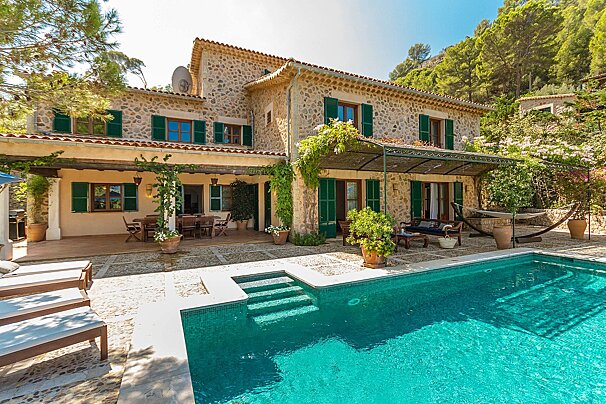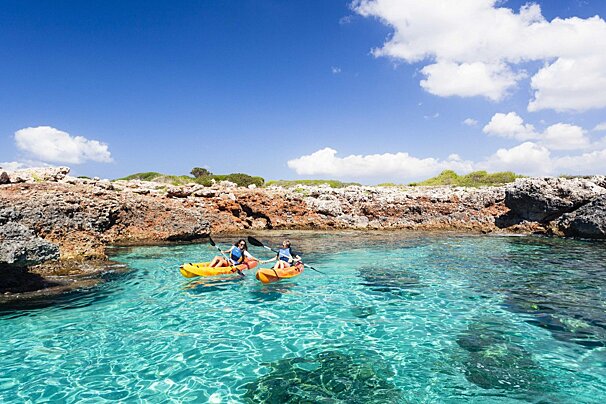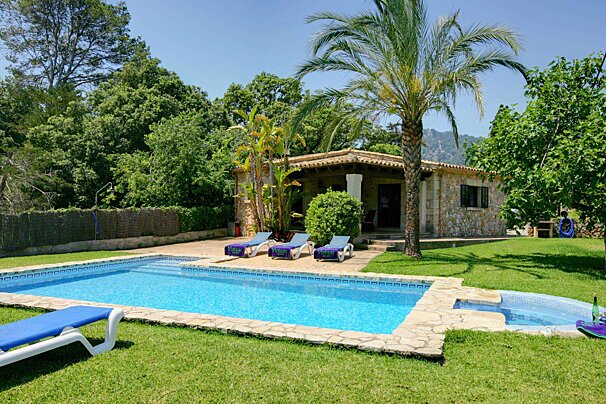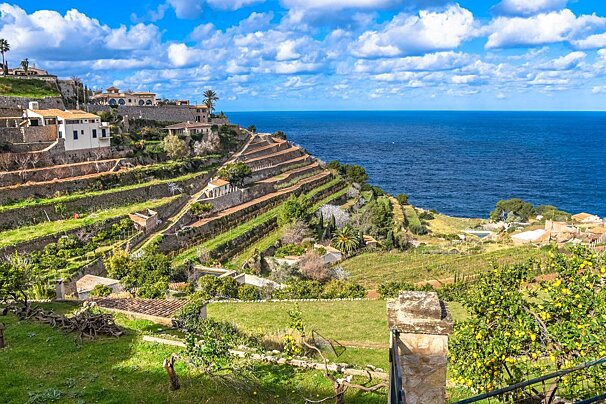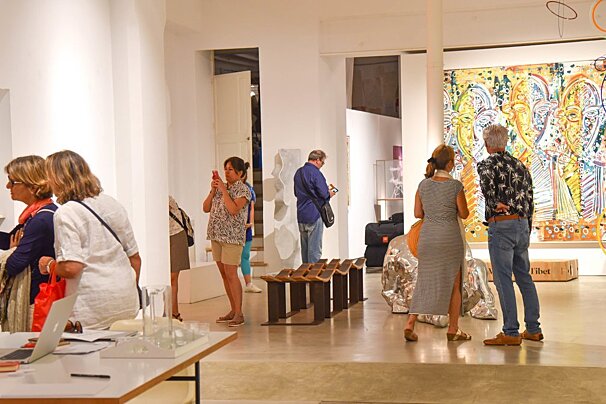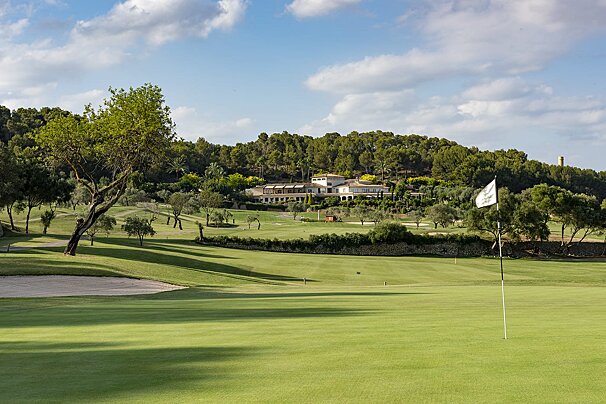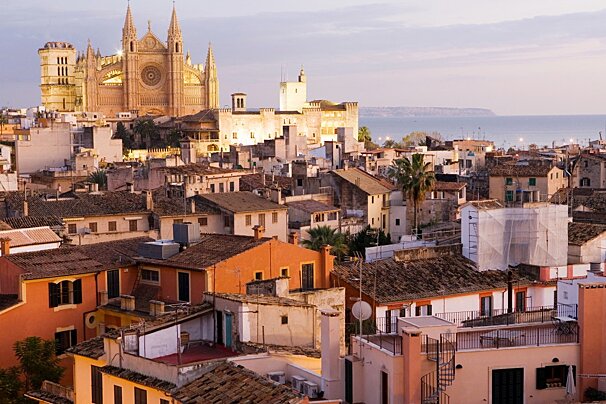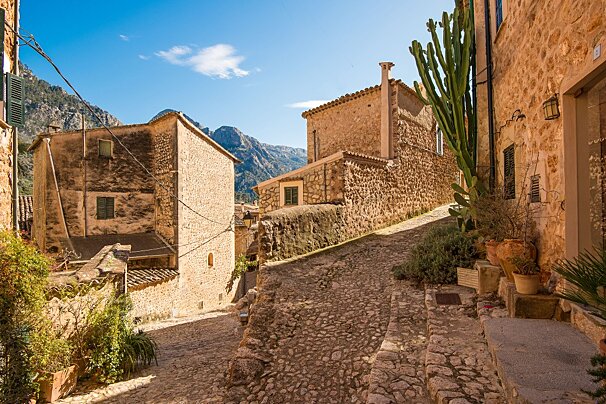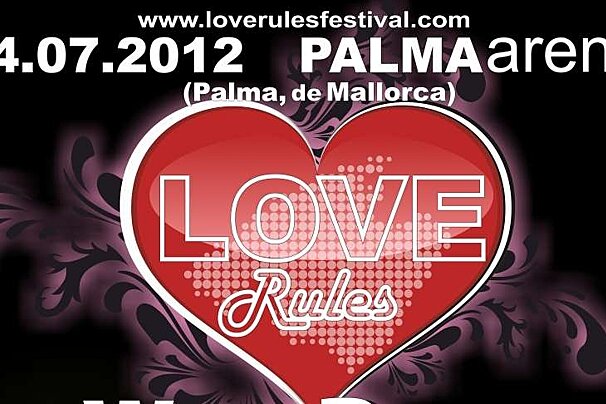
Mallorca Easter Festivities Review
Traditional pies to mark the Easter holidays
It wouldn’t be the same in Mallorca if there wasn’t traditional food to eat at Easter time. During the Easter weekend the women of the family sit down to make a collection of savoury panades and sweet robiols, both of which are pastries only seen during Easter. There is certainly an art to making these pies and this year was my first year helping shape the panades in the small town of Selva.
Selva is a small town not far from Inca where many people start a pilgrimage to the Lluc monastery, and for this weekend it was the town where I learnt to make my first panades. Helping a mother and daughter who have been making these pies for as long as they can remember they passed on tips and tricks for forming the dough that encases a traditional Easter filling. I learnt that depending on the region of Mallorca that you prepare the pies in, many have different heights or widths which are traditional to each area. Despite looking a bit like a scotch pie, these panades are made from a short crust pastry and filled with chunks of meat, rather than mince. The panades are only made at Easter time and are eaten during holy week.
To begin, the dough is made from a mix of flour, water and pork lard, most, if not all pastries in Mallorca use pork lard, including the breakfast pastry - ensaimada. The dough was mixed to a very soft consistency that was greasy from the lard but very easy to form. From there the shaping begins and it is evident that although years of experience are not essential, they definitely help in forming perfect, identical panades.
A ball of dough is weighed to around 100g and then by pressing a thumb into the centre of the dough you then press out the rest until it forms a casing to be filled with meat. It sounds easy but even this basic step took me a while to master, especially because the more you touch the pastry, the warmer it gets and so melts the lard. As we were preparing the panades in Selva we were to make the walls of the pastry cases high, unlike those from Sa Pobla that are very low.
According to the ladies of Selva, the shape and form of the panade indicates where it was made. My technique wasn’t quite good enough for me to decide beforehand how the pastry would look, it was more a matter of seeing what I managed to form and then decide what town my pastry case looked like it was from. Once the casing was formed, the pies are then filled. The fillings are another controversial topic; different families like different fillings but what is most certain from the people I’ve asked, is they do not like the only pea and sobrasada panade. We made lamb, sobrasada and pea fillings for most of our panades (around 27 in total) and then only 4 were filled with peas and sobrasada, although it was still uncertain if they would get eaten..
The lamb we used was from a whole lamb bought and slaughtered by a neighbour in Selva which served both families for panade making and some leftover lamb chops for lunch. Other families make only meat and sobrasada fillings which are probably the most popular. Once the panades have been filled, you then need to top them with a layer of pastry. This is
carefully rolled out and measured against the width of the pie before placing on top and crimping the edges. The panades are then put into a hot oven and baked for around an hour.
The robiols are made from the same pastry as the panades, however shaped in a half moon shape. Traditional fillings are custard or sweetened pumpkin but nowadays you also find chocolate or jam fillings. After shaping and crimping the edges the robiols are sprinkled in sugar and baked. After the panades & robiols were cooked they were left to cool by the well at the back of the house.
Traditionally the panades are eaten cold and are served up as a snack before lunch on Easter Sunday. Right now many bakeries are selling panades, robiols and crespells and they are well worth a taste, or you can try making your own like I did!














